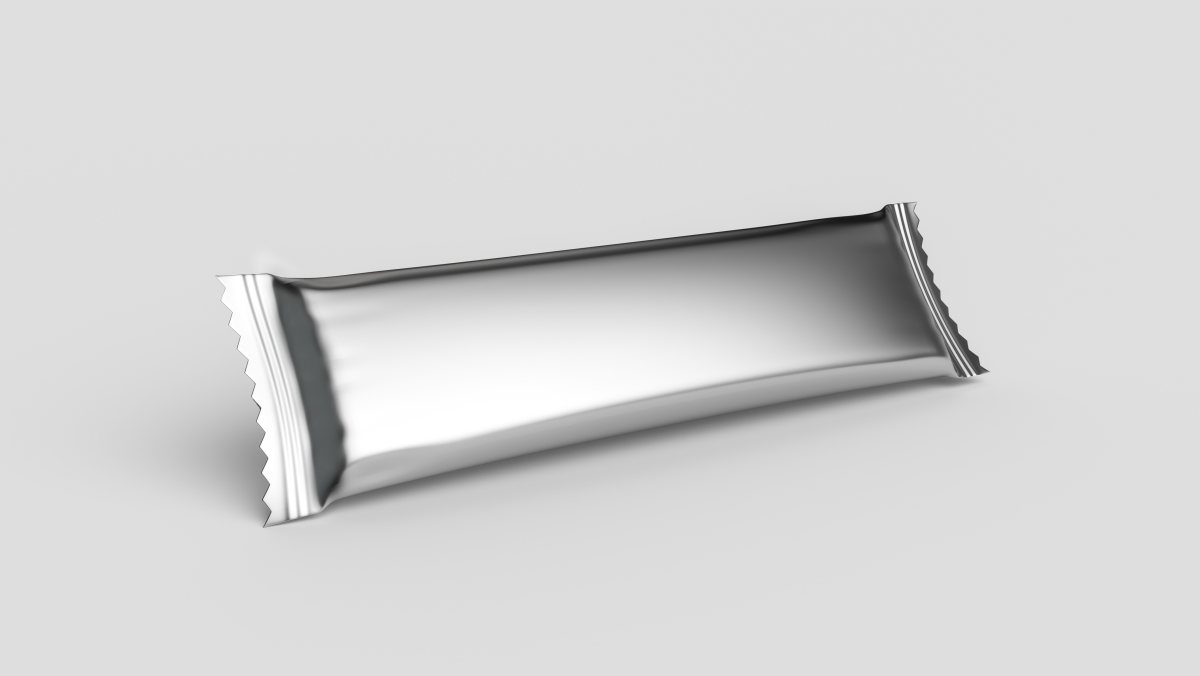When it comes to fighting food waste, the last mile counts
According to a study by consulting firm Capgemini, 37% of food loss occurs at the retail and consumption stages, of which 13% takes place in food stores, 26% in foodservice, and 61% in households, for a global total of 931 million tons of food wasted each year. Packaging design is an effective way to fight food spoilage by ensuring that food stays safe and palatable for long enough to make it onto consumers’ plates.

Packaging innovation helps prevent spoilage
The role of packaging is to protect food products not only from harsh transport and storage conditions but also from potential sources of spoilage such as air, moisture, aroma compounds, and light. One of the best ways to do this is through effective barrier properties, i.e optimal Oxygen Transmission Rate (OTR) and Moisture Vapour Transmission Rate (MVTR).
But while effective packaging is proven to extend shelf-life, composite packaging products that contain plastics or foils can have a significant impact on the environment. The e-commerce boom that took place as a result of the pandemic caused an increase in packaging use, as well as a trend for individually-wrapped items. In the UK, plastic packaging accounts for 70% of plastic waste each year.
Thankfully, there are alternatives to composite packaging materials that offer optimal OTR and MVTR without the plastics. Our range of high performance food safe packaging solutions and based on fully recyclable metalized paper. Drop us a line to find out more!